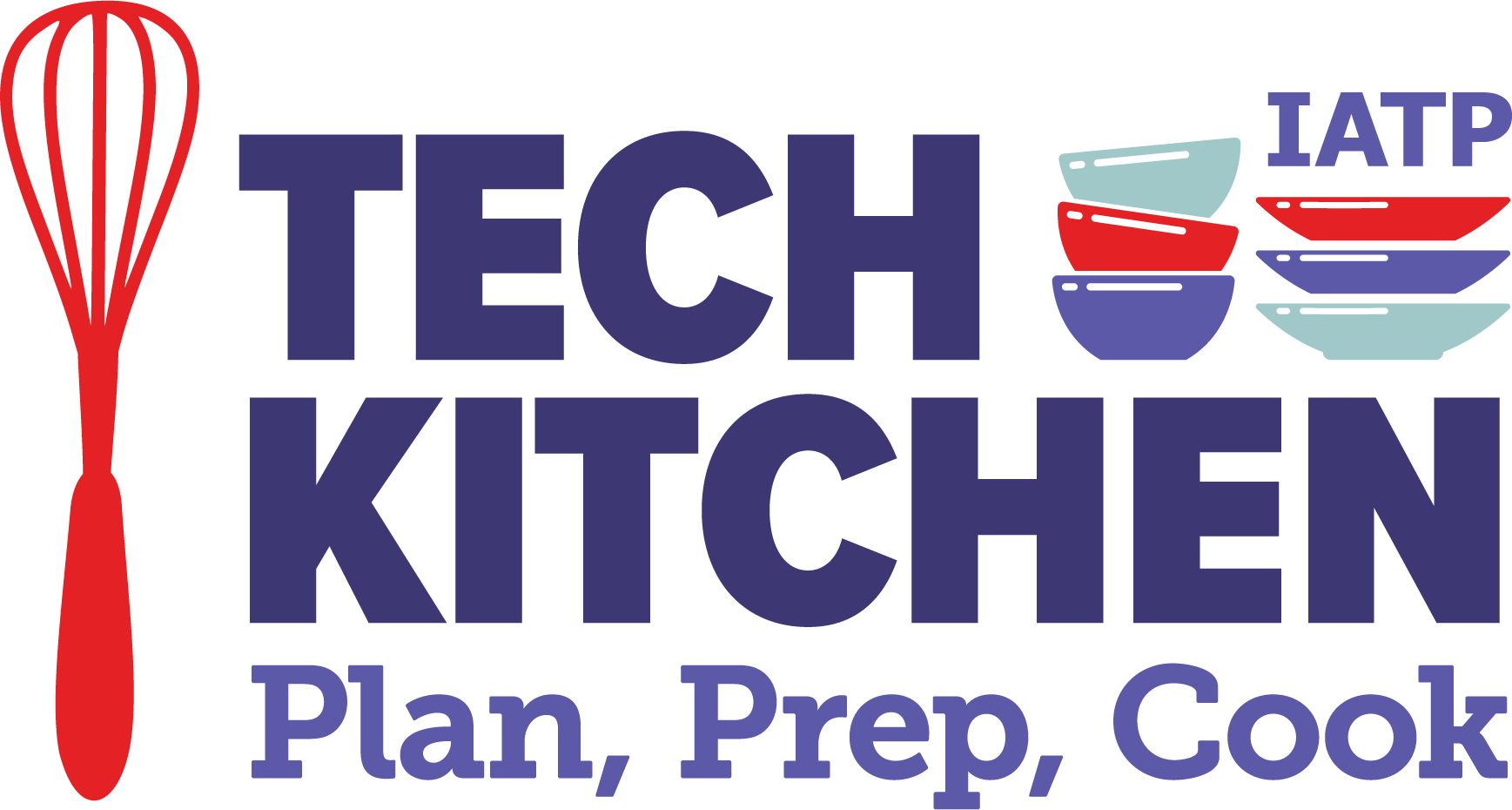A disability can happen at any age caused by accidents, illnesses, birth injuries, aging, etc. A disability affects how a person’s body or mind works and may limit what the person can do. A person can have more than one disability. Disabilities may be permanent or temporary.
Meal preparation can be both physically and mentally demanding, so having a disability can make cooking difficult. When choosing assistive technology for cooking, it is important to understand the person’s specific disability issues and how they affect meal preparation. Examples of functional limitations and their effect on cooking include:
Physical Limitations
Problems with strength, coordination, joint stiffness, missing or non-functional arm/leg, endurance, fatigue, mobility/walking, balance and chronic pain.
Sensory Issues
These challenges can include vision and hearing loss, decreased sense of touch, environmental sensitivities to light, noise, odors.
Learning and Cognitive Challenges
These challenges can include memory, organization, following instructions, attention span, distractibility, reading level and judgment.
Communication Issues
These challenges can include speaking face to face, talking on the phone, writing/emailing and texting.
Assistive technology tools for the kitchen help individuals with disabilities overcome these limitations by enhancing the person’s existing abilities (example: enlarging print so that a person can use their remaining vision to read) or by compensating/modifying for the missing function (example: substituting flashing lights or vibration to alert a deaf person to sounds).
Keep in mind that an assistive technology product that was created for one disability may also be useful for other disabilities as well. For example, a talking thermometer designed for people with vision loss may also be very helpful to persons with cognitive difficulties.
Importantly, the use of AT tools should be combined with alternative methods, techniques, and strategies for getting the task done as independently and safely as possible.
